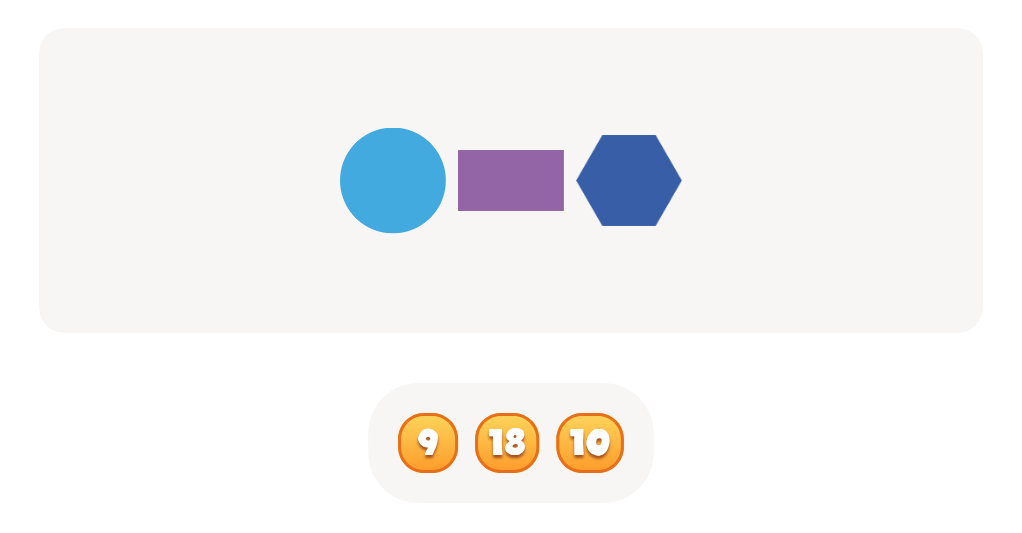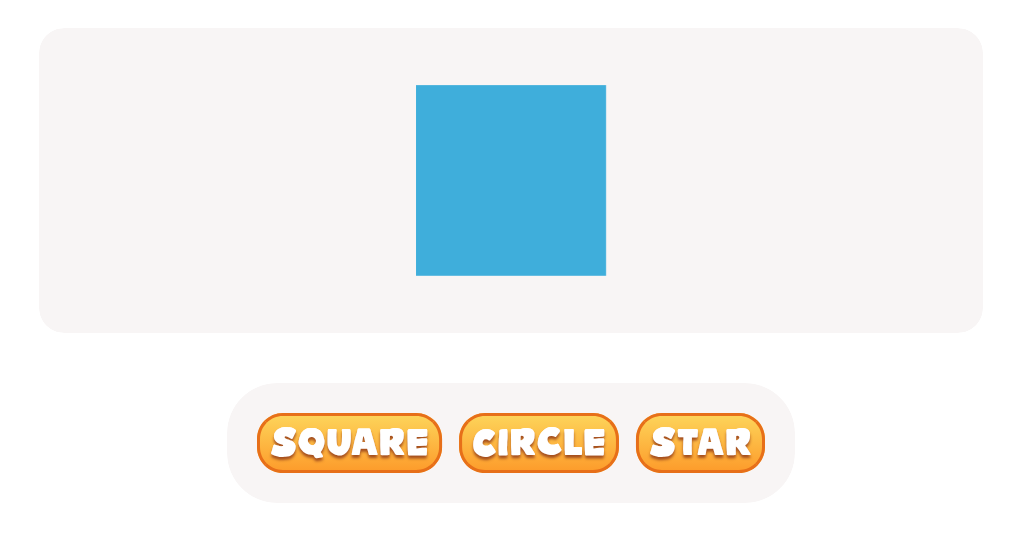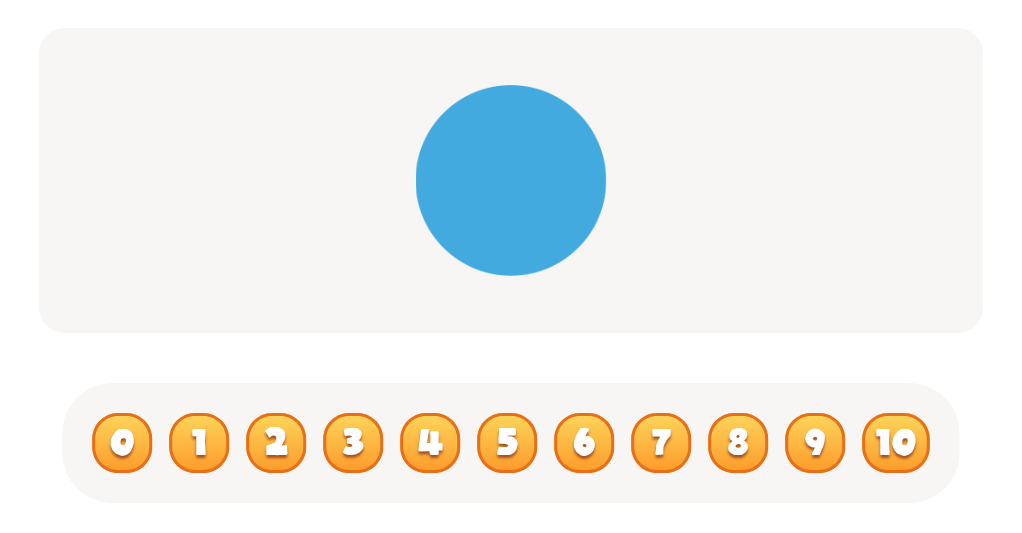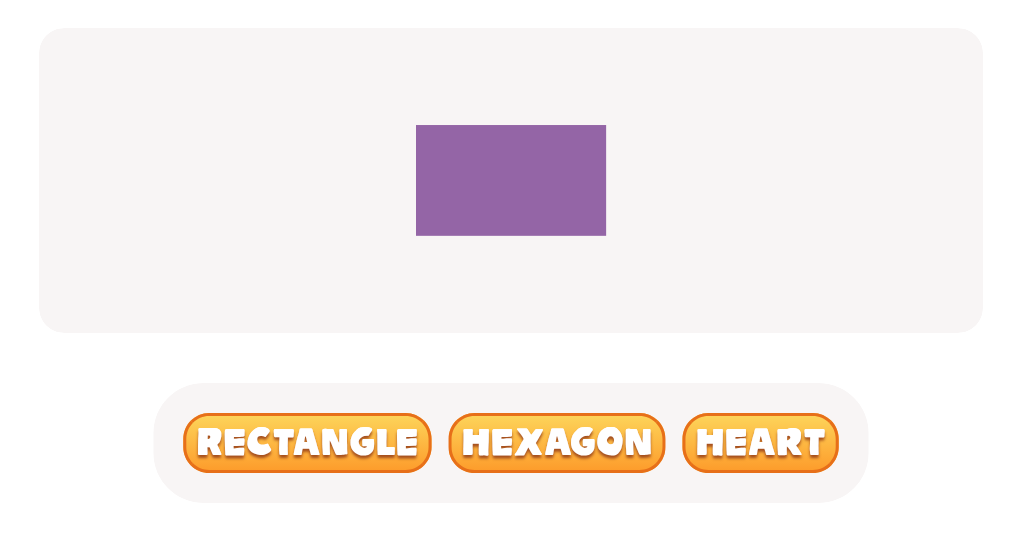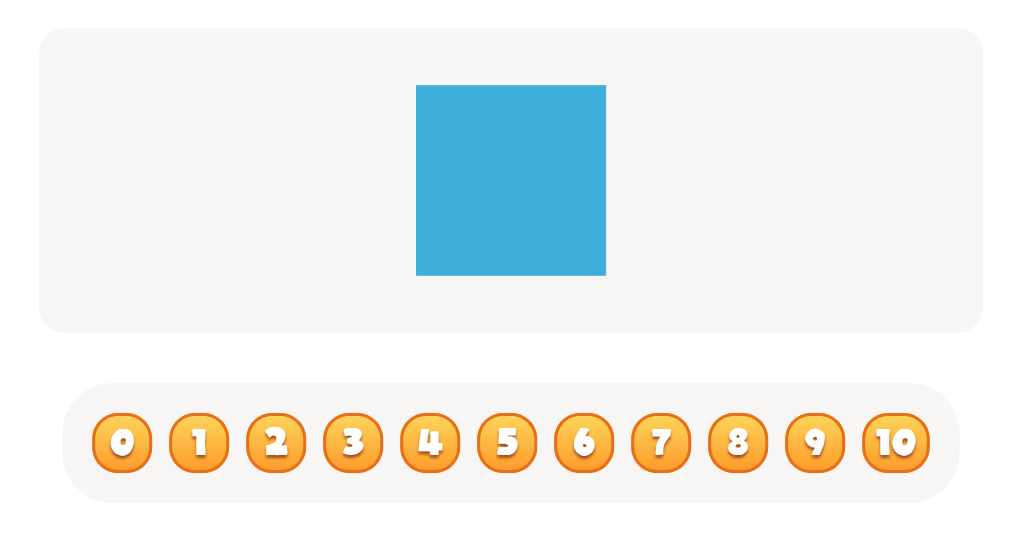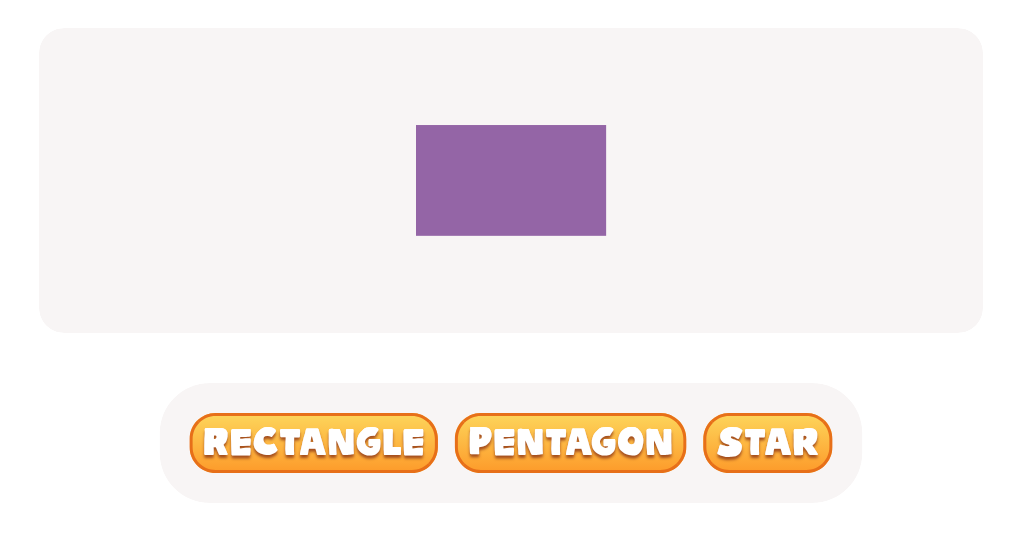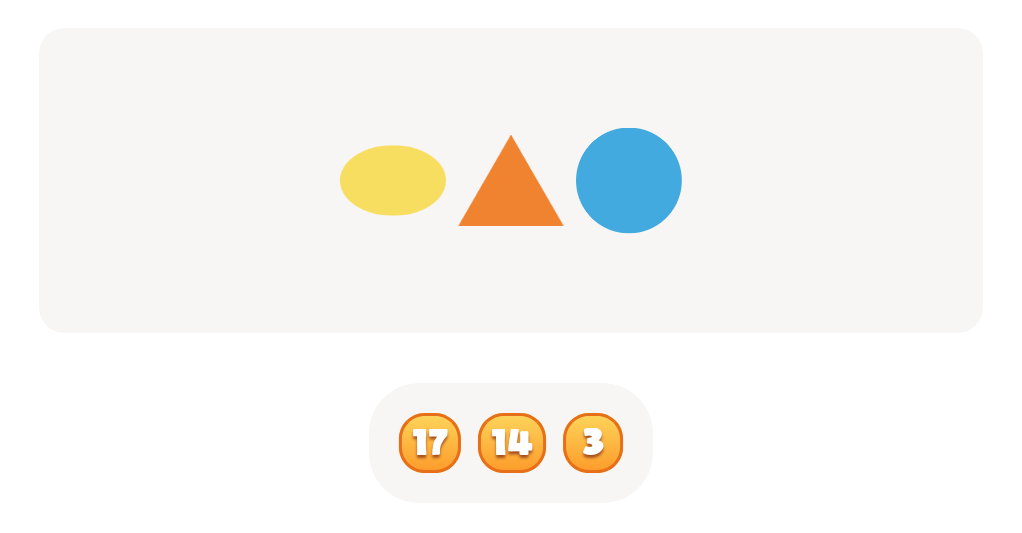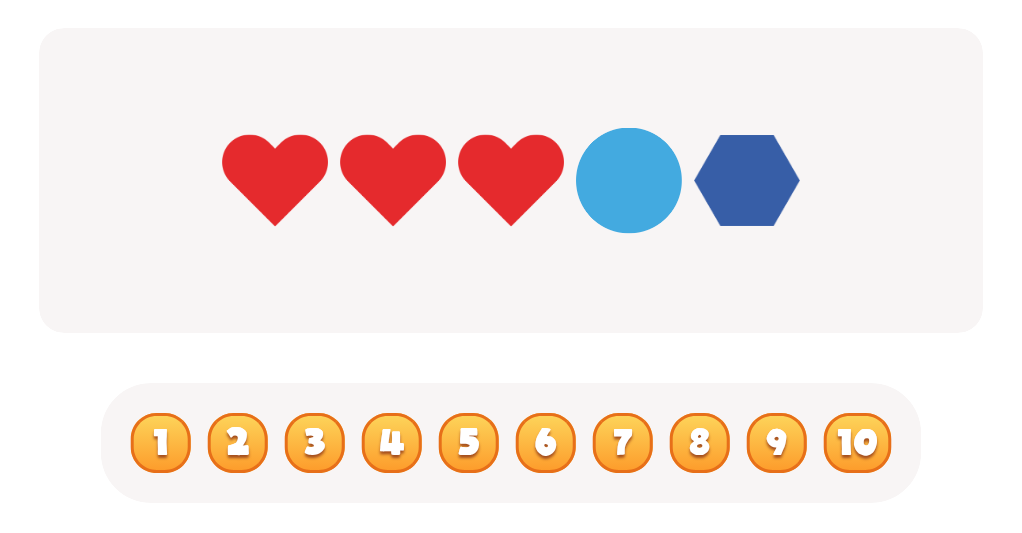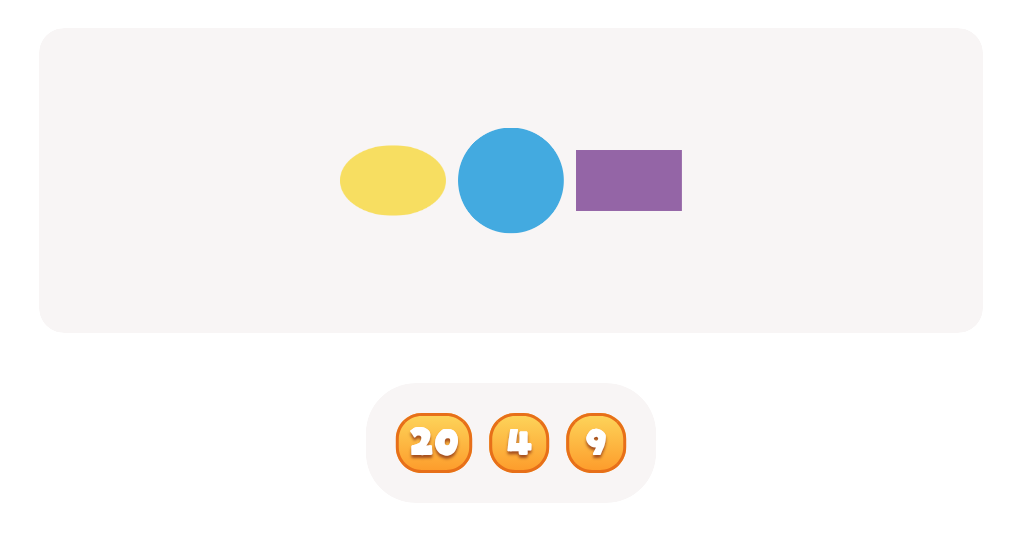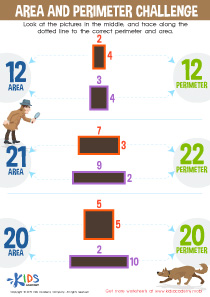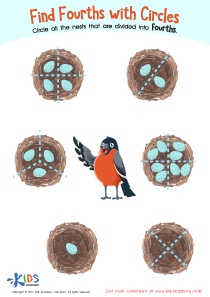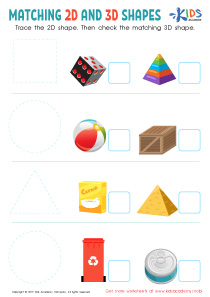Shape Recognition Extra Challenge 2D Shapes Worksheets for Ages 4-7
6 filtered results
-
From - To
Explore our engaging "Shape Recognition Extra Challenge 2D Shapes Worksheets" designed specifically for children ages 4-7. These worksheets provide an exciting opportunity for young learners to deepen their understanding of 2D shapes while enhancing critical cognitive skills. Featuring a variety of puzzles, challenges, and activities, kids will recognize, name, and categorize shapes in fun and interactive ways. Our thoughtfully crafted materials cater to different learning styles, making it easy for educators and parents to support children’s math proficiency. The activities help build foundational skills, fostering confidence and creativity in early learners. Transform shape recognition learning into an enjoyable adventure today!
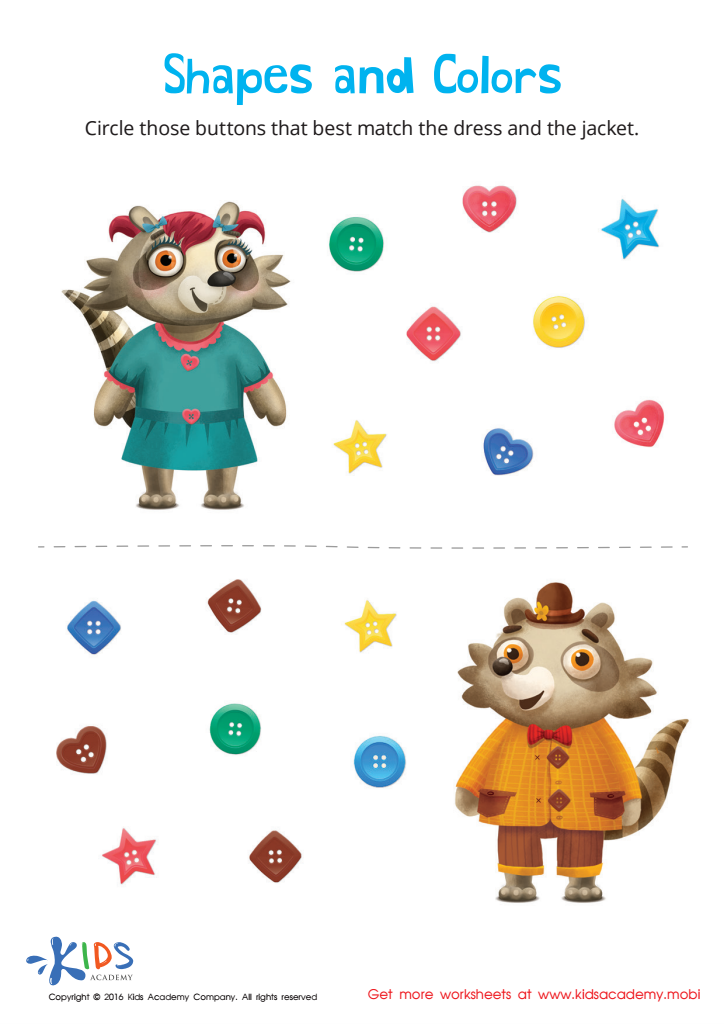

Matching: Shapes and Colors Worksheet
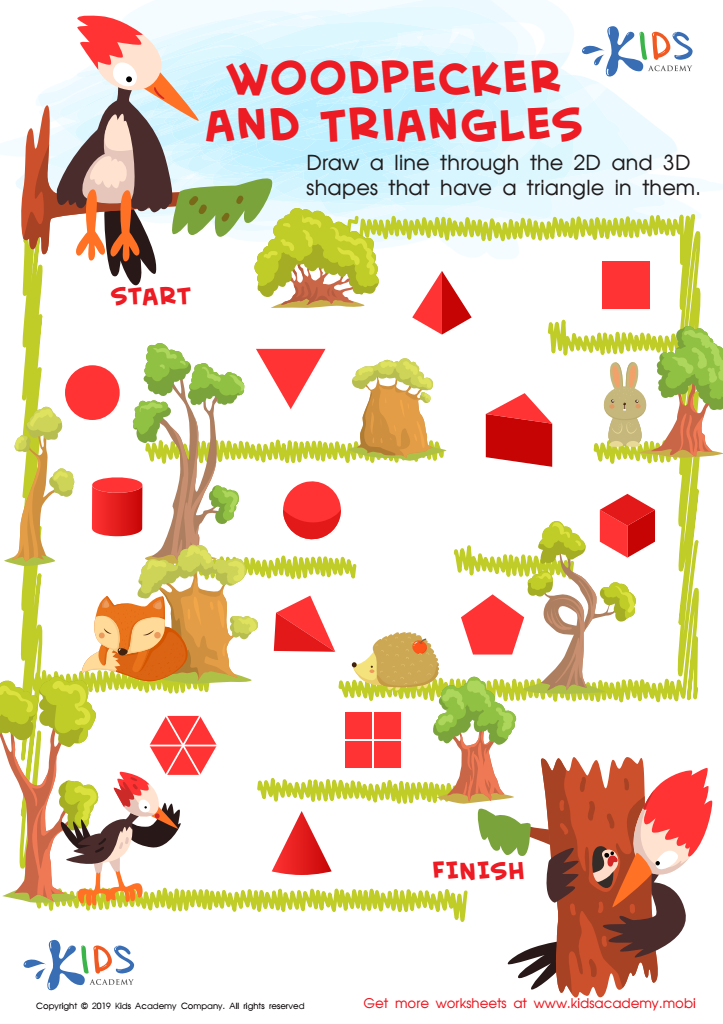

Woodpecker and Triangles Worksheet
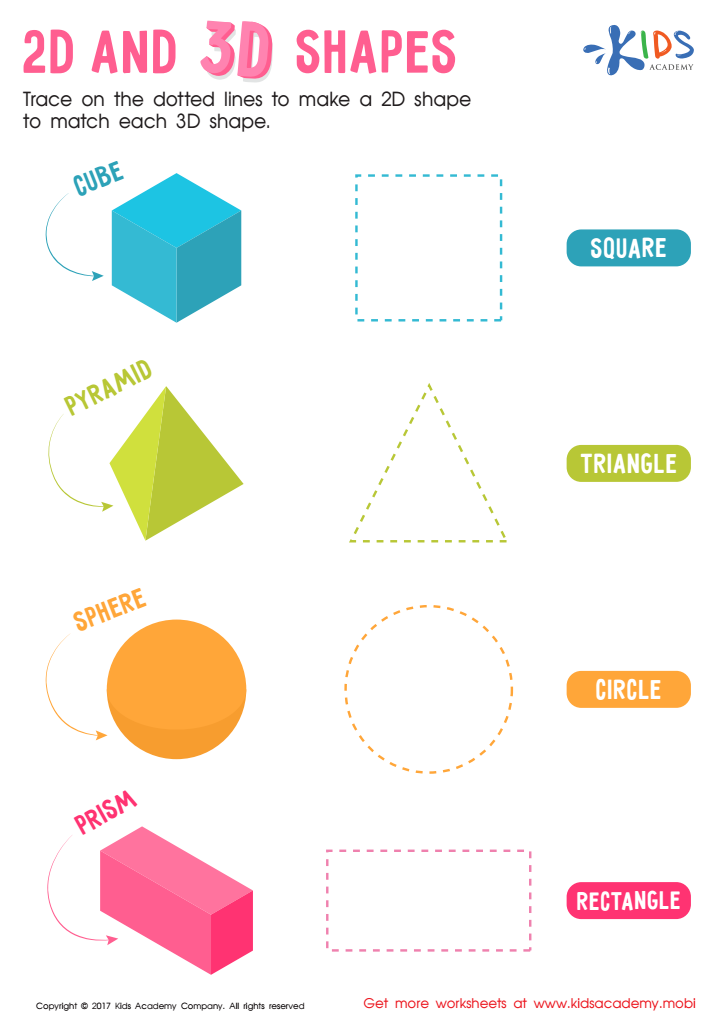

2D and 3D Shapes Worksheet


Trace and Draw More Shapes Worksheet
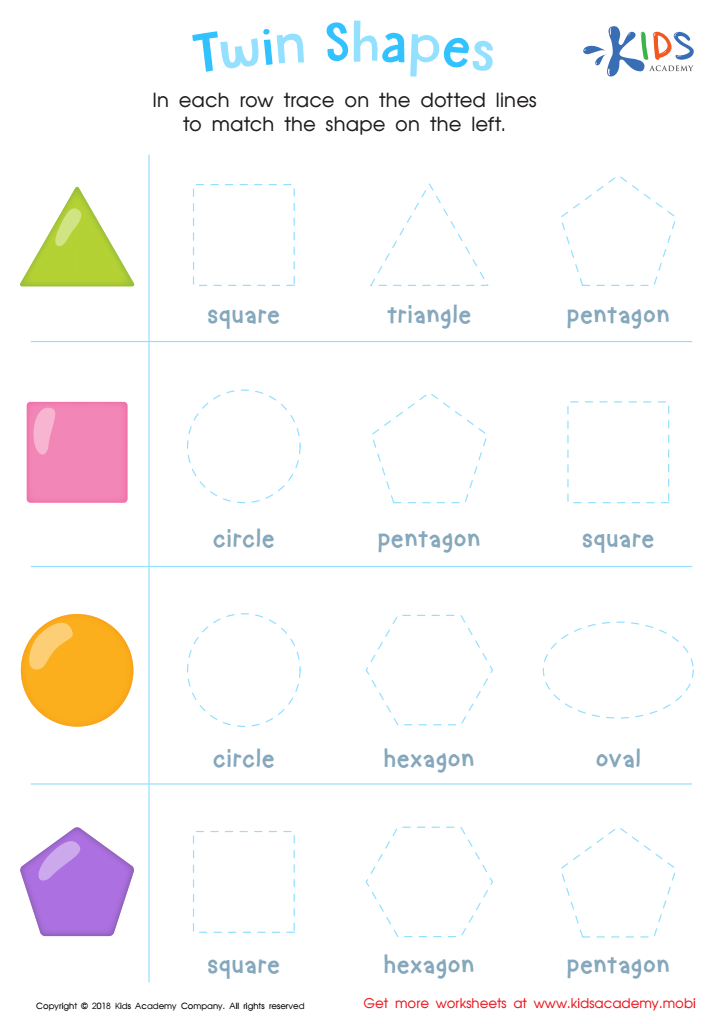

Twin Shapes Dot-to-Dot Worksheet
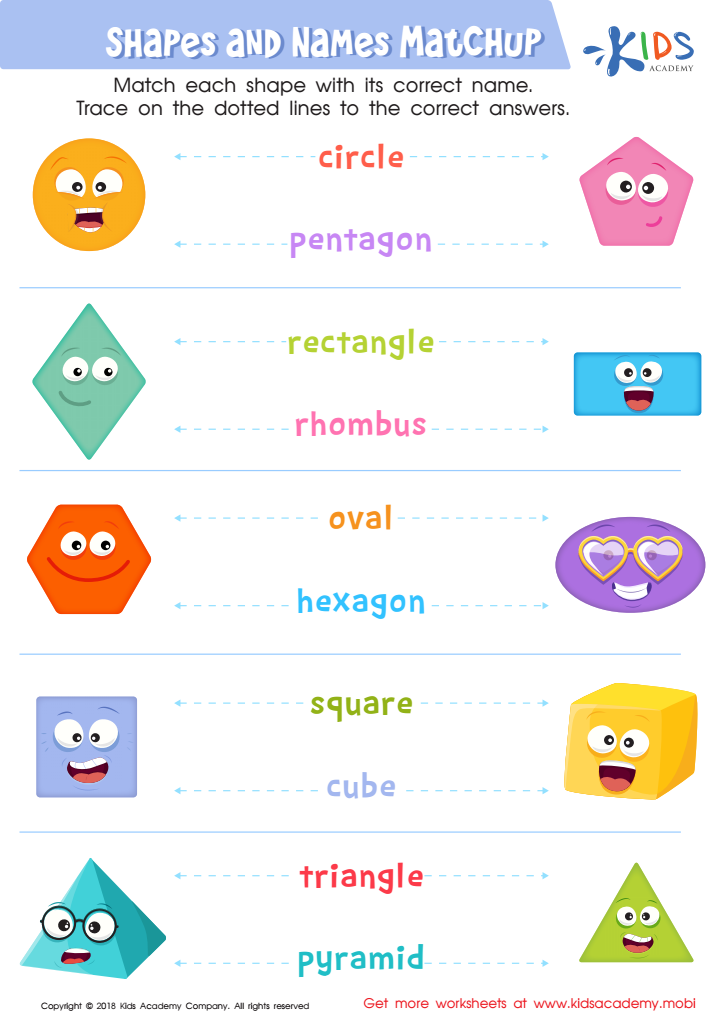

Shapes and Names Matchup Worksheet
Shape Recognition Extra Challenge 2D Shapes for Ages 4-7 is crucial for early childhood development as it lays the foundation for essential cognitive skills. Children in this age group are naturally curious and learn best through exploration and play. Engaging them in activities that foster shape recognition helps enhance their visual-spatial awareness, which is key for later math skills, including geometry and spatial reasoning.
Parents and teachers should care because recognizing shapes not only contributes to mathematical understanding but also supports language development. As children learn to identify and describe shapes, they expand their vocabulary and communication skills. Moreover, shape recognition activities can boost fine motor skills through sorting, drawing, or manipulating shapes, promoting overall physical development.
Additionally, early success in recognizing shapes can bolster a child's self-confidence, encouraging a positive attitude towards learning and problem-solving. It prepares children for more complex concepts they will encounter in school, fostering a readiness to engage with STEM (Science, Technology, Engineering, and Mathematics) disciplines.
Involving parents in this process also strengthens the home-school connection, allowing for cohesive learning experiences and fostering a supportive environment that values early mathematics education. Therefore, prioritizing shape recognition is a beneficial investment in a child's future learning.
 Assign to My Students
Assign to My Students
